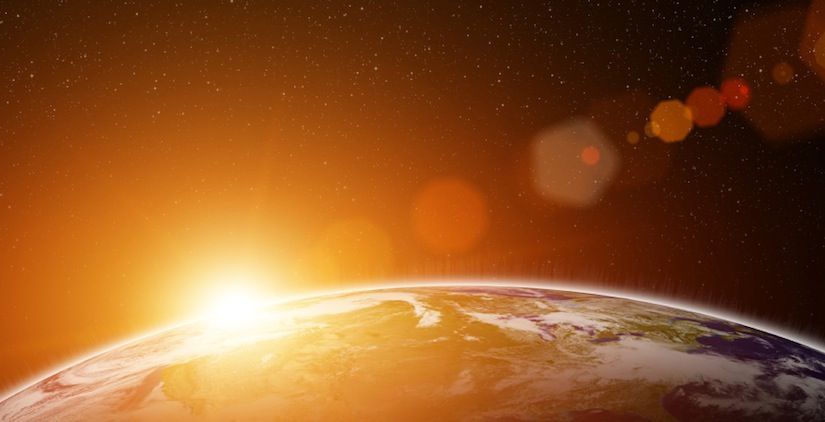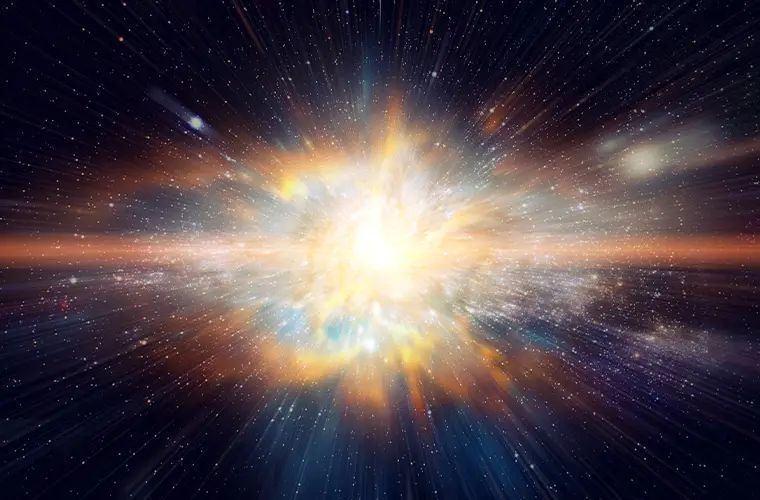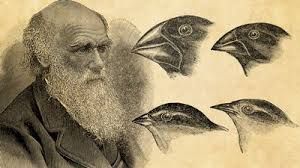How old is the Universe?
How old is the universe? Well that all depends on who you ask.
The general consensus that the scientific community agrees upon is that the universe has been around for 13.8 billion years which would have been when the supposed Big Bang first happened. Over the years, this estimate has changed dramatically. Before 1999, scientists claimed the universe was anywhere from seven to twenty billion years old and a recent theory from Professor Rajendra Gupta from the University of Ottawa claims that the universe may be 26.7 billion years old. He proposed this theory based on evidence from the James Webb telescope where we can see “advanced galaxies” and cosmic background radiation. Now, I’ve previously touched on this Cosmic Background Radiation and noted several key points of evidence and doubts against this claim but why does the scientific community constantly need to change the age of the universe whenever they find something that doesn’t fit in with their supposed theories? I believe these extraordinary claims need even more extraordinary evidence for proof.
In 2023, scientists were finding galaxies with the James Webb Telescope that they were claiming came into existence anywhere from two hundred to five hundred million years after the Big Bang occurred. But wait, this is confusing because if the Big Bang was the start of everything as they say then how could galaxies form completely independently? The scientific community can never get their story straight and we are constantly finding proof that weighs against the billions of years theory and proves a young earth.
As Creationists and Christians, we believe that the universe is only around 6,000 years old and we first came to that number by tracing the genealogies in the Bible all the way from Adam to the time of Jesus. With recent scientific discoveries, we can show that the universe is in fact only around 6,000 years and not billions with there being ample observable evidence in our galaxy alone to prove this.
Firstly, we know that the gravitational pull of the Earth's moon Luna significantly impacts the Earth’s rotation and its stability with rotating on the planets axis. In the 1970’s, we learned from laser beams that were reflected from the surface of the moon that it is actually pulling away from the Earth at a rate of about 3.78 centimeters every year. This is interesting because the moon is approximately 384,400 kilometers away so if the universe were 13.8 billion years old, we can show from mathematics that 10.1 billion years ago the moon would have literally been inside of the earth so how would something like this be possible if the big bang were true?
Secondly, the Earths rotations has been gradually slowing by 1.8 milliseconds per century and is primarily affected by the gravitational pull of our moon. So, if the Earth is so old then shouldn’t it have completely stopped rotating a few billion years ago?
Thirdly, let's look at Saturn. Scientists discovered in 2017 that Saturn’s rings are slowing disappearing and NASA estimates that about the rings are losing about 6,300 pounds of ice every second! They estimate that the planets rings will be gone in about one hundred million to three hundred million years but how can this possibly fit in with the 13.8 billion years old theory?
Fourthly, comets with their rate of deterioration of ice and dust only have a lifespan of about 10,000 years according to the scientific community and we actually see them die out frequently. A man by the name of Jan Oort proposed in the 1950’s that new comets must originate in the Oort cloud that is on the edge of our solar system but when you dive into it there is unsurprisingly no observable evidence of comets forming.
Lastly and very interestingly, when we take a look at stars, we know that there are small long-lived stars and large short-lived ones because the more mass a star has the quicker it burns out. What is mind-boggling is that just in the Milky Way galaxy alone there are over 100 billion observable stars! However, we see stars blowing up all the time and astronomers estimate that large stars have a max lifespan of less than 10 million years while small stars can last all the way up to 10 billion years. So, if our universe is 13.8 billion years old then how do we still have stars in the sky? Well, it’s theorized that new stars are produced in the Milky Way galaxy every year to replace the ones that have burnt out but of course, there has been no proof of this actually happening and we’re left with a bunch of “theories and guesses” as to why things happen with scientists constantly having to change their answers.
We’re told never to question the science but doesn't the very definition of the word science mean “the systematic study of the structure and behavior of the physical and natural world through observation, experimentation, and the testing of theories against the evidence obtained”? Hundreds of years ago it was believed that the Earth was actually at the center of the universe and everything revolved around it. What’s interesting is that a lot of evidence that the scientific community finds ends up proving that the universe isn’t nearly as old as they think it is. The intricate design of our universe is undeniable proof that we must have come from an intelligent creator and the more we study the universe the more in awe us Christians are that God spoke this universe into existence! What’s remarkable is that if the Earth were even one inch closer to the sun it would cause a mass extinction event due to the increased heat we would receive so the notion that the entire universe was just a colossal accident and we just happened to come about due to random chance and processes is absurdity at its finest, entirely illogical, and has no real proof to back it up.
Genesis 1:1 “In the beginning God created the Heaven and the Earth.”


